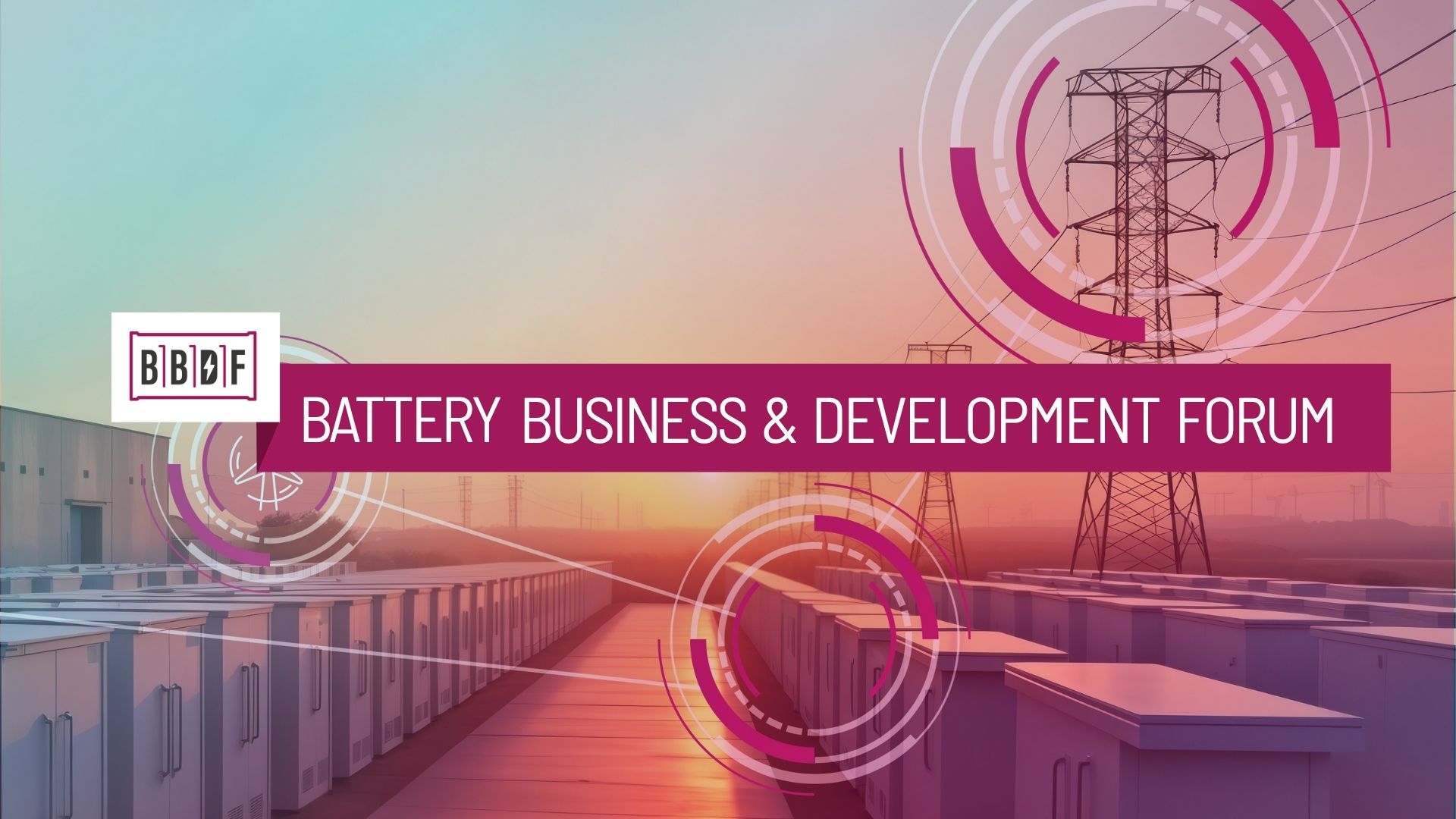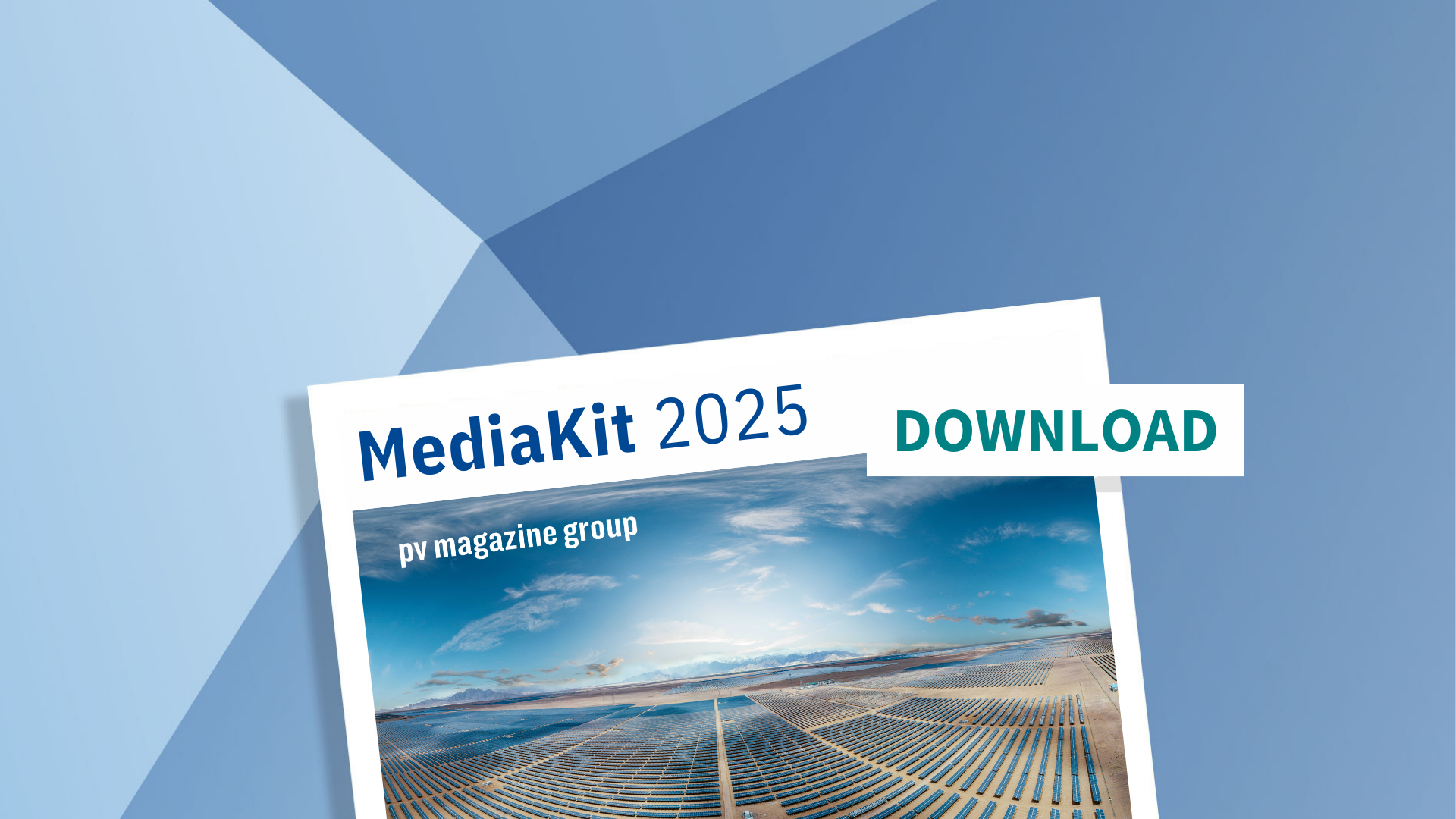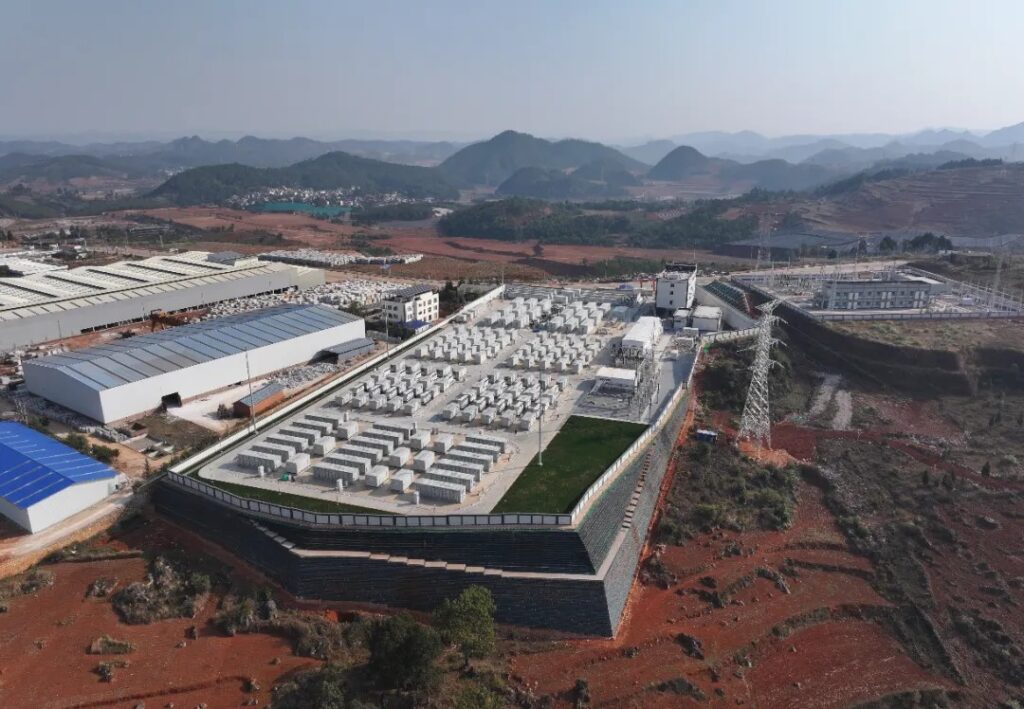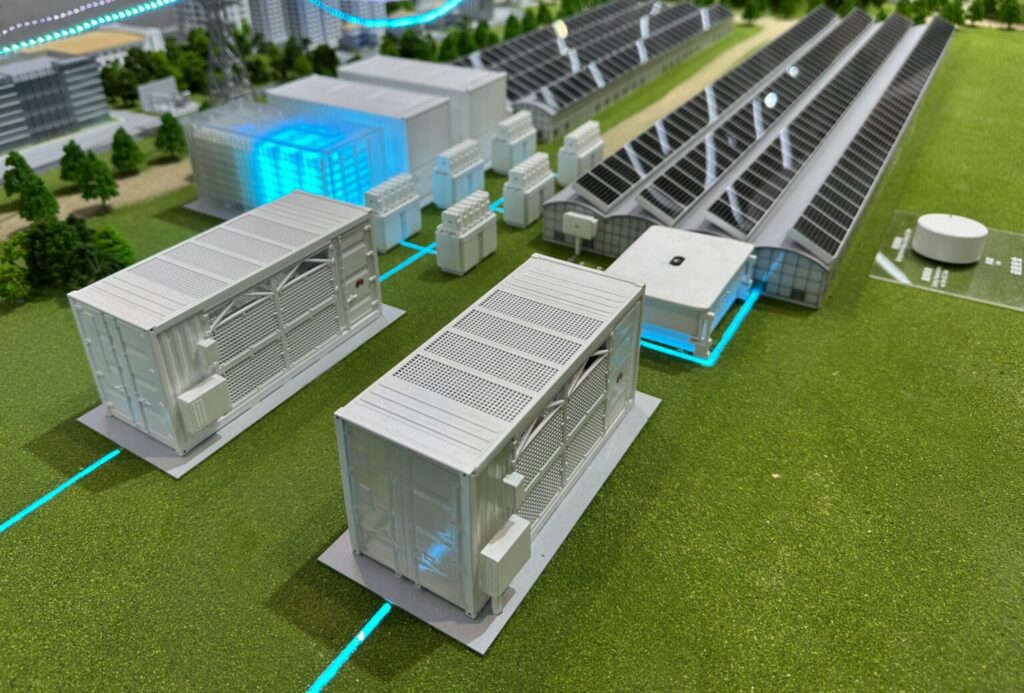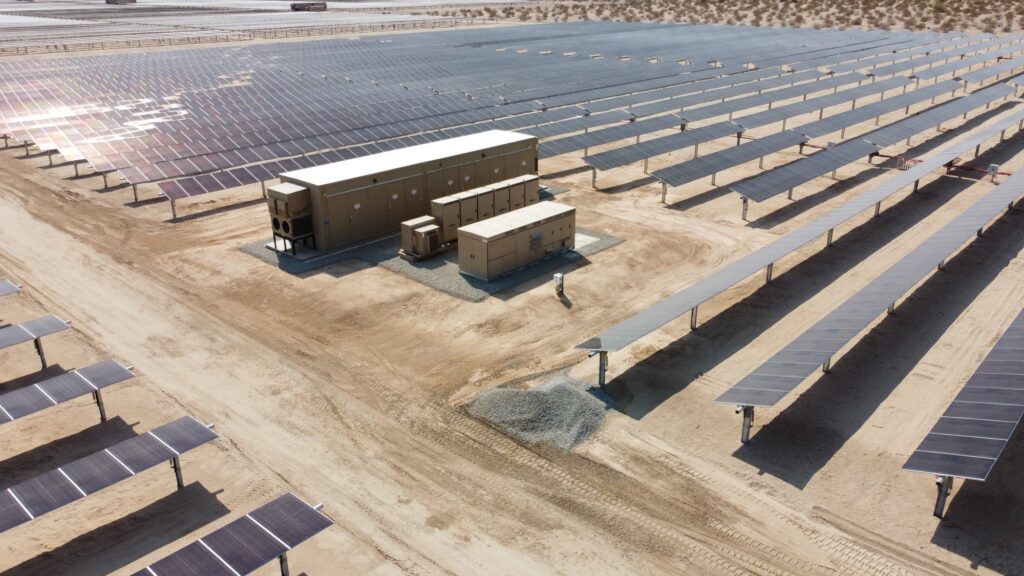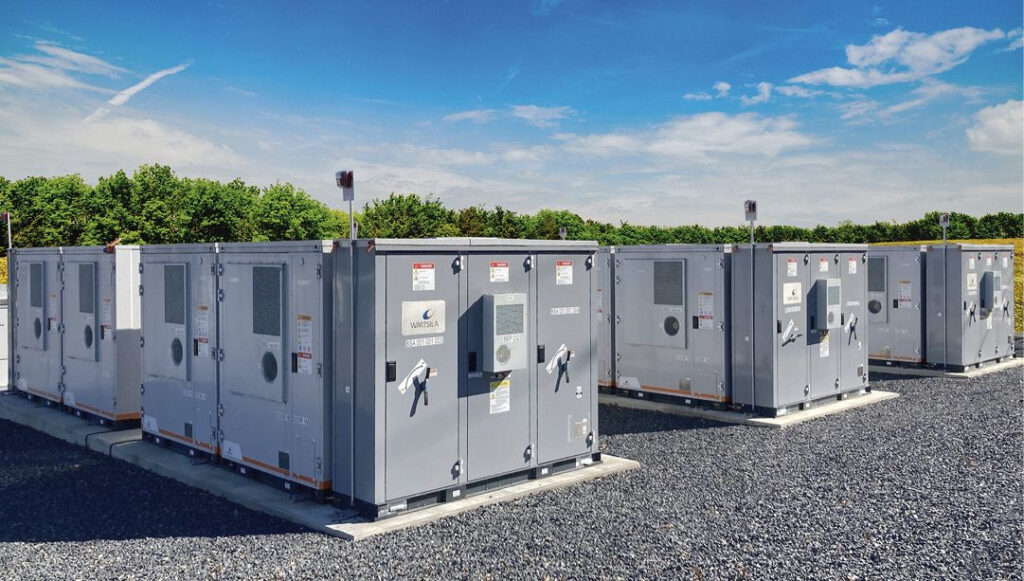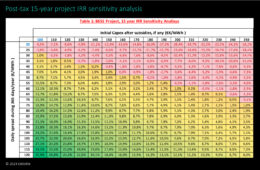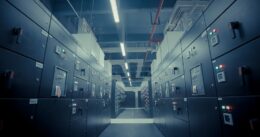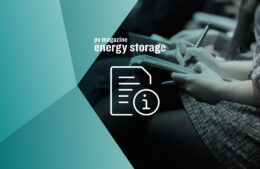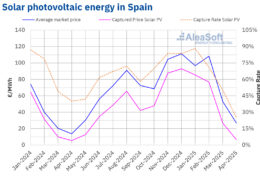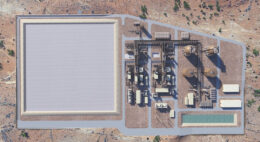Batteries with grid-forming inverters crucial to keep 100%-renewables grids functioning
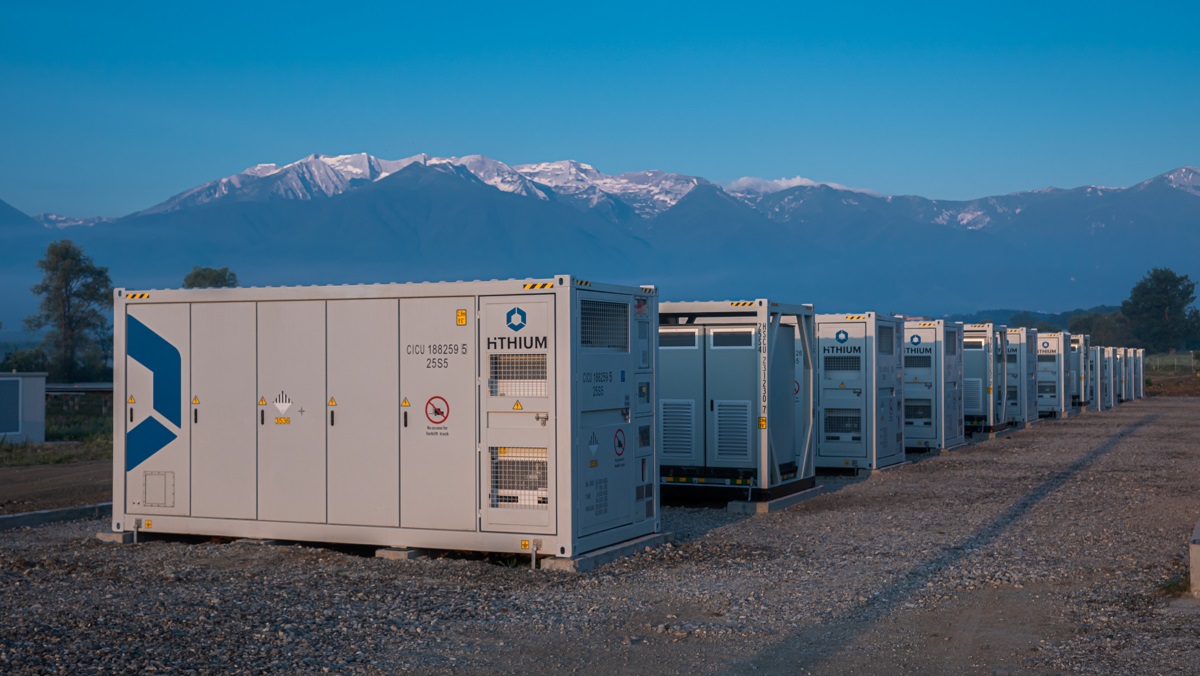
Barcelona-based consultancy AleaSoft Energy Forecasting has emphasized the crucial role batteries can play in providing “system inertia” to all-renewable-energy electricity grids.
Renewable energy generation reduces the number of spinning, “synchronous generator” devices – housed in conventional power plants – whose kinetic-energy-based resistance to changes in their rotational speed gives networks the vital “system inertia” needed to avoid wild oscillations in grid frequency. As a result, grid stability can be threatened, particularly during periods of high renewable energy generation.
Batteries can offer an “efficient solution” to the inertia problem, according to AleaSoft.
“Technologies such as grid-forming-inverter batteries emerge as a solution to provide virtual inertia and strengthen the resilience of the electricity system,” the consultancy said.
Batteries with advanced power electronics, such as grid forming inverters, can inject electricity within milliseconds as required, thus providing “virtual inertia.”
System inertia has typically been provided by synchronous generators in thermal, nuclear, and hydroelectric power plants. “Their large rotating masses acted as shock absorbers that smoothed out any disturbance,” said Aleasoft. “It was an invisible but vital superpower: it helped keep the system’s frequency stable in the face of any sudden variation.”
Solar and wind farms, however, do not provide inertia, they are connected to the grid via electronic inverters.
“This means that, in a 100% renewable system, we lose one of the elements that has contributed most to avoiding blackouts in the last 100 years,” said Aleasoft.
While conventional synchronous generators have kept the lights on, Aleasoft pointed out, they are less efficient than batteries at providing the grid service as their need to be in motion requires start-up times, fuel consumption, and operating costs even when they are not generating electricity.
From pv magazine Italia.

